Chicken pho, bun thang, bun cha, cha ca, Thanh Tri rice rolls, green rice flakes or boiled snails are dishes that when mentioned will show the connection with Hanoi .

Each region across Vietnam has dishes associated with each place, such as Hai Phong crab noodles, Lang Son roast duck, Hoi An cao lau, Gia Lai dry pho, broken rice in Ho Chi Minh City, My Tho noodles... and Hanoi also has many dishes with the characteristics of the capital that are difficult to confuse with other places.
Chicken Pho
While beef pho is still a controversial dish about its origin in Hanoi or Nam Dinh , chicken pho is considered a typical dish of Hanoi. Chicken pho broth is made from bones, heads and feet of chicken or pork bones combined with ginger, boiled, skimmed off the foam and simmered until the bones release their sweet juice. Good chicken is usually naturally raised chicken weighing no more than two kilograms. The chicken skin is yellow, the meat is dark pink without fibers and has no fat under the skin.
Reference addresses: Cham chicken pho (Yen Ninh street), Do Gia (Nguyen Dinh Thi street), Bao Khanh (Bao Khanh street), Nguyet (Phu Doan street), Ban (Ton Duc Thang street). Photo: Hong Lien

Vermicelli with tofu and shrimp paste
Bun dau mam tom is a Hanoi specialty, with the main ingredients being fried tofu, vermicelli and shrimp paste. These are all common foods, but when combined, they create a special dish unlike any other locality. A full portion of bun dau usually includes pork leg, fried spring rolls, sausage, pork intestines, green rice sausage and raw vegetables.
Reference addresses: Bun dau in Phat Loc alley, Co Tuyen (Hang Khay street), bun dau in Dong Thai alley, Cay Da (Thuy Khue street), Cay Bang (Dai La street). Photo: NickM

Thanh Tri rice rolls
According to the Thanh Tri Ward Information Portal (Hoang Mai District), there are currently nearly 50 households maintaining the traditional rice paper making and hand-rolling. Ingredients include rice, lard or oil for frying green onions and onions. Thanh Tri rice paper does not contain borax or preservatives.
Banh cuon la (thin rice rolls with fried green onions in the middle) and banh cuon with minced meat, wood ear mushrooms, and onions. Enjoying Thanh Tri banh cuon cannot be without cinnamon sausage, coriander, dried onions, and a bowl of dipping sauce with sour, spicy, salty, and sweet flavors.
Reference addresses: Mrs. Hoanh (To Hien Thanh street), Mrs. Hanh (Tho Xuong street), Bao Khanh rice rolls, Mrs. Xuan (Hoe Nhai slope), Ms. Lan (Thanh Dam street). Photo: Hong Lien

La Vong fish cake
Appearing in the late 19th century from a family in the old quarter, La Vong fish cake is now one of the typical dishes of Hanoi, once CNN must try when coming to Hanoi.
La Vong fish cakes are usually made from fresh catfish, with few bones and sweet meat. The soft fish pieces have been filtered and marinated with spices to create a fragrant aroma and a characteristic turmeric yellow color. Then, the fish is fried, and when customers order, it is stirred in a hot pan, with dill and green onions added. The fish cakes are eaten with fresh vermicelli, shrimp paste and roasted peanuts.
Reference addresses: La Vong (Cha Ca Street), Phan (Nguyen Binh Khiem Street), Anh Vu (Trung Hoa Street), Hang Son (Tran Hung Dao Street), Lao Ngu (Thai Ha Street), Thang Long (Duong Thanh Street). Photo: Hong Lien

Bun thang
Bun thang is a special dish of Hanoi, originating from leftover ingredients after each Tet holiday, but has become a dish representing sophistication. Making bun thang is very elaborate, from the ingredients to the preparation. The dish cannot lack thinly sliced omelet, shredded boiled chicken, sliced pork roll, Vietnamese coriander, and thin noodles. The broth is simmered from chicken bones, dried squid, and onions to create a natural sweetness.
The broth must be clear and served hot. The bowl of noodles will be more flavorful when added with shrimp paste, shrimp floss and a bit of pickled radish. The most special thing about Hanoi bun thang is that it is eaten with water bug oil, which enhances the aroma.
Reference addresses: Ba Am (Cua Nam street), Old Street (Phan Dinh Phung street), Thanh Van (Hang Ga street), Ba Duc (Cau Go street). Photo: TienHN

West Lake shrimp cake
West Lake shrimp cakes are often associated with many memories of Hanoi. Many people who have been away from Hanoi for a long time or tourists often remember the shrimp cake stall along Truc Bach Lake that has existed for decades.
Made from the main ingredients of fresh shrimp and flour, Ho Tay shrimp cake has a crispy outer shell and soft inside, dipped in sweet and sour fish sauce and served with raw vegetables. Diners who enjoy shrimp cake often eat it with vermicelli with snails.
Reference address: West Lake Shrimp Cake (Thanh Nien Street), food court along Tay Ho Palace (Tay Ho District). Photo: Hong Lien

Bun cha
Hanoi vermicelli with grilled pork used to be National Geographic Chosen as one of the 10 best street foods in the world. The important step of Bun Cha is grilling the meat. Traditional Bun Cha restaurants in Hanoi often use charcoal stoves. The griller must concentrate, flipping the grill constantly so the meat doesn't burn, and adjusting the heat to be even, not too big or too small. The meatloaf usually includes both pieces of meatloaf and minced meatloaf.
Bun cha dipping sauce is a mixture of fish sauce, vinegar, sugar and water with a sweet and sour taste. The dipping sauce also has pickled carrots and crispy pickled papaya. When eating, diners can add minced garlic and chili. The noodles are handmade, with chewy noodles. The raw vegetables include lettuce, perilla, and bean sprouts.
Reference addresses: Bun cha on Hang Quat street, Dac Kim (Hang Manh street), bun cha row on Ngoc Khanh street, Obama (Le Van Huu street), Tuyet (Hang Than street), bun cha Mai Hac De. Photo: Xuan Phuong

Sticky rice with green beans
Traditional Hanoi sticky rice is a combination of sticky rice (light yellow), green beans, fried onions and lard. All are simple ingredients, but the combination creates a special dish with many flavors that everyone can enjoy.
Beans are a special part of sticky rice, usually soaked overnight then steamed like sticky rice, pounded and then tightly formed into round blocks. When a customer orders, the seller slices the beans into thin layers and puts them on top of the sticky rice. Crispy fried onions are spread on top, with a little fat.
Reference addresses: Xoi May (Ly Thuong Kiet street), Xoi Yen (Nguyen Huu Huan street), Co Tuyet (Cu Loc alley), Xoi Oanh Oanh (De La Thanh street), Xoi Cat Lam (Duong Thanh street). Photo: Tam Anh

Snail noodle soup
Traditional Hanoi snail noodle soup usually consists of only noodles and snail meat, without many side dishes such as beans, ham, beef commonly seen today. The broth is clear, slightly sour, cooked from snail broth, mixed with vinegar and tomatoes. Snails come in two sizes, big and small.
In addition to hot vermicelli with snails, Hanoians also serve cold vermicelli with snails (snail dipping sauce). Vermicelli with snails is served with raw vegetables. Customers who want to increase the flavor can add shrimp paste.
Reference addresses: Ms. Hue (Dang Dung street), Ms. Them (Hang Chai street), Mrs. Ngoai's snail noodle soup (To Ngoc Van street), Ms. Hue (Nguyen Sieu street), Traditional snail noodle soup (Kim Ma Thuong street), Thuy snail noodle soup (Dong Xuan market alley), Phu Tay Ho snail noodle soup shops. Photo: Tam Anh

In addition, Hanoi also has some typical snacks such as boiled snails, green rice, and ripe sour plums.
Boiled snails
Hanoi snails are a name used to distinguish them from snails from other provinces. Hanoi snails are screw snails, stone snails or jackfruit snails, often called "big snails and small snails". The snails are served to diners while still hot, the meat is removed and dipped in a light fish sauce with lemon leaves, lemongrass, ginger, and chili. Many diners like to slurp it with a bowl of snail broth.
This is a popular snack, usually eaten on the sidewalk or in small alleys, suitable for autumn or winter.
Reference addresses: Oc Ba Can (Tong Duy Tan street), Oc Trang (Dinh Liet street), Ham Long, Cua Bac, Oc Muoi (Lieu Giai street). Photo: Hong Lien

Green rice
Green rice flakes is a dish made from roasted young sticky rice, cleaned by winnowing to remove all chaff and impurities and pounding several more times until the grains are completely clean and smooth.
Com is also available in several places across the country, but is most famous in Hanoi. Com is often eaten with ripe bananas. In addition to plain Com, Hanoians also eat fried Com, Com cakes, and Com sausages.
Reference address: Vong Village (Cau Giay District), green rice vendors, Ly Quoc Su Street. Photo: Vu Minh Quan

Ripe star fruit
Ripe star fruit is only available in the fall, and is a snack of many generations of Hanoians. Ripe star fruit has a yellow skin, a sweet and sour taste. Ripe star fruit is more special than many other dishes because it is also associated with the most beautiful season of Hanoi, and with many memories of student life in the capital. Peeled ripe star fruit and dip it in salt or salt and chili, it is delicious to eat, but hard to forget.
Ripe star fruit is often sold on streets such as Tran Hung Dao, Hai Ba Trung, Ba Trieu, Hoan Kiem Lake, Tran Phu or at snack shops on Ly Quoc Su Street near the Cathedral. Photo: Vu Minh Quan
Source


![[Photo] Solemn opening of the 1st Government Party Congress](https://vphoto.vietnam.vn/thumb/1200x675/vietnam/resource/IMAGE/2025/10/13/1760337945186_ndo_br_img-0787-jpg.webp)




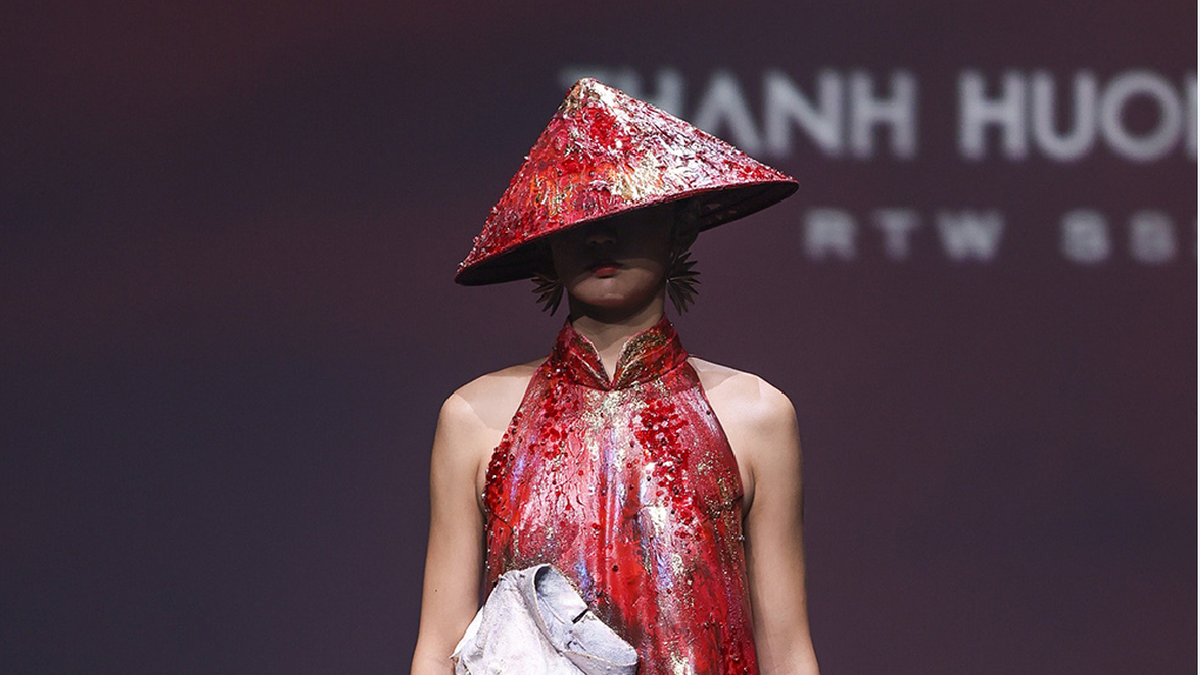


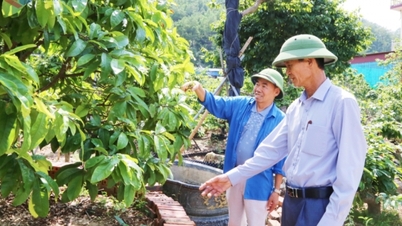
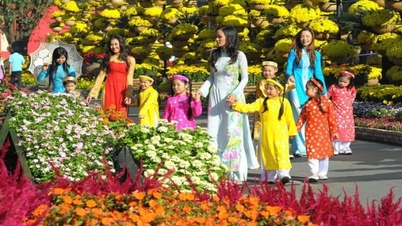






















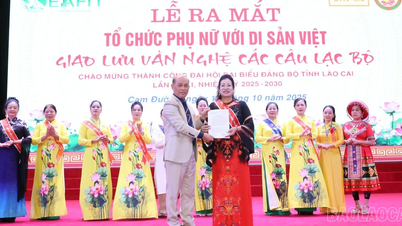






































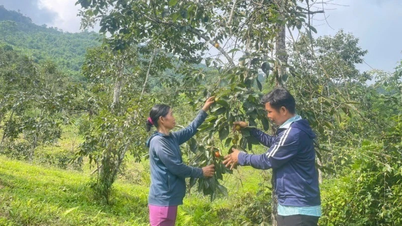




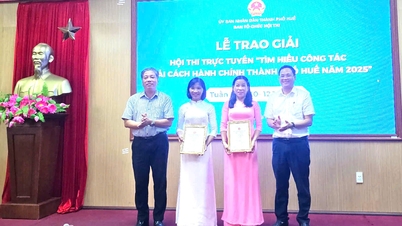
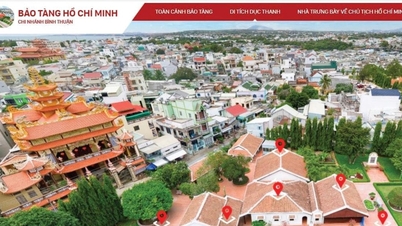


















Comment (0)